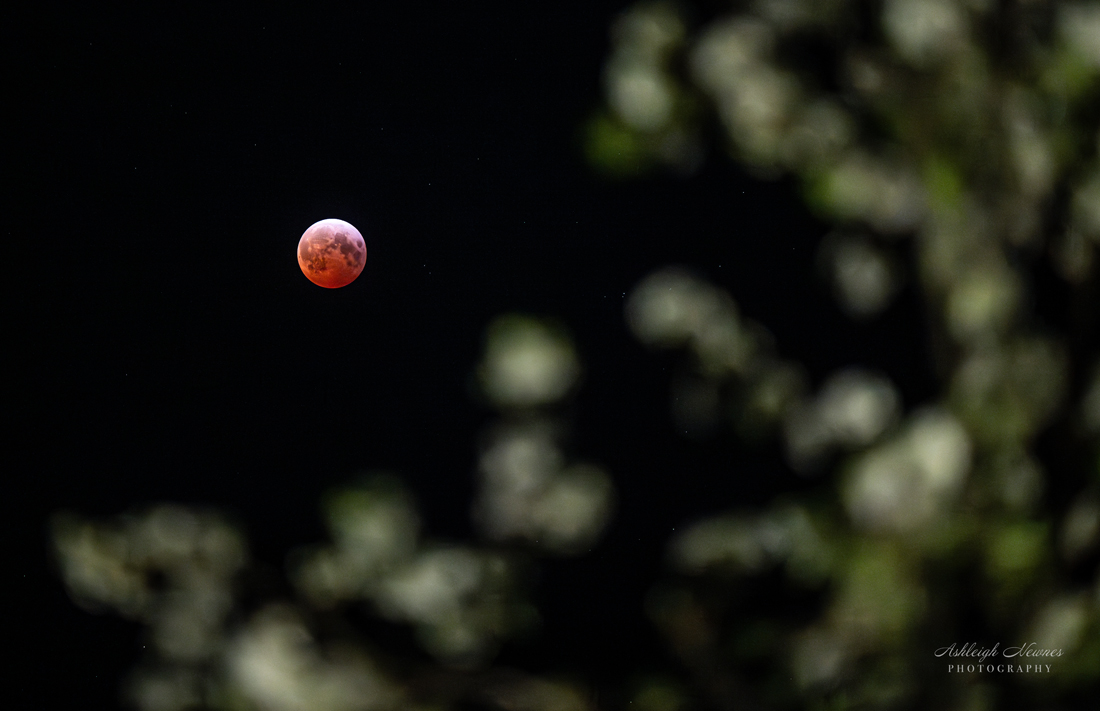
Photo by Ashleigh Newnes
On March 14, 2025, Murfreesboro’s night sky was transformed by the mesmerizing glow of a total lunar eclipse. As the Earth moved directly between the Sun and the Moon, the lunar surface darkened before shifting into a deep, rusty red—a phenomenon known as a “blood moon.” For several hours, residents stood beneath the vast sky, watching as the familiar, pale white satellite slowly disappeared into Earth’s shadow, only to reemerge cloaked in an eerie, celestial hue.
Unlike a fleeting meteor or a brief solar eclipse, this event unfolded slowly, allowing skywatchers to absorb every phase. The night began with the penumbral phase, where the Moon subtly dimmed as it entered the Earth’s outer shadow. Then came the partial eclipse, as a dark curve crept across its surface, eventually leading to totality—a breathtaking moment when the entire planet was bathed in red. The color, a result of sunlight filtering through Earth’s atmosphere, is the same effect that gives sunrises and sunsets their fiery tones.
For those who caught a glimpse, the experience was a stunning visual and a moment of stillness and perspective. While the city carried on—people arriving home from late shifts at work, cars passing in the distance, many sleeping inside of homes—those watching the sky were reminded of something larger. The universe moved on, unchanged by the daily worries of life. For some, it was humbling.
Some had planned for the event, while others stumbled upon it by chance. Some, exhausted from a long day, debated whether it was worth losing sleep to step outside. But those who did were rewarded with a rare moment of wonder. The eclipse wasn’t a fast-paced spectacle—the gradual unfolding gave observers time to take in its beauty, to reflect, and to appreciate the sheer vastness of the universe. The clear skies over Murfreesboro made it even more special, offering an unobstructed view of the Moon’s slow transformation.
For those who missed it, recordings of the eclipse are available through NASA’s official livestream archives and various online observatories, ensuring that no one has to completely miss out on this celestial marvel and other astronomical events.
The previous total lunar eclipse visible from Murfreesboro occurred on Nov. 8, 2022. For the next fully visible total lunar eclipse, locals will have to wait until March 3, 2026. In the meantime, skywatchers can look forward to the Perseid meteor shower on Aug. 12–13, one of the most anticipated showers of the year with up to 100 meteors per hour, and the Geminid meteor shower on Dec. 13–14, known for its bright, multicolored meteors.
For those eager to learn more about the night sky, MTSU’s observatory—the Uranidrome—also offers public viewing nights and educational events.
Whether through a telescope or simply looking up on a clear night, the sky holds countless wonders waiting to be discovered.













